
IN THIS ISSUE
» Industry Insight: From Blueprint to Reality
» What’s New?
» Featured Service: Building Commissioning
» Owner's Corner
» Project Highlights
» Insights from an Onsite Representative
» New Beginnings



» Industry Insight: From Blueprint to Reality
» What’s New?
» Featured Service: Building Commissioning
» Owner's Corner
» Project Highlights
» Insights from an Onsite Representative
» New Beginnings


By Mitch DeWein, CEM, Business Practice Leader, Generation & Energy Management
In today’s high-performance building landscape, building commissioning has been elevated to a prominent role among engineers, construction managers, facility managers, and building owners. No longer an afterthought, commissioning plays a crucial role in verifying that building systems function as intended and meet the owner's operational needs and energy efficiency targets.
Commissioning has expanded beyond just HVAC systems to include lighting, air quality, life safety and security, fire safety, and even the structural and shell components of buildings. A comprehensive approach to building commissioning helps optimize energy efficiency and performance, leading to significant cost savings for the building owner and achieving better building outcomes. If building and municipal owners don’t adequately plan for the commissioning component of a building project, they are passing up an opportunity to save money, improve building system performance, and verify that the final built product has been delivered as intended. Whether new construction, a renovation, a modernization project, or retro-commissioning for an existing building, the value of the commissioning process cannot be discounted.
Commissioning Process: The commissioning process confirms that building systems are designed, installed, tested, and maintained to meet the owner's requirements. This process should begin at the earliest stages of a project: in the pre-design phase, where scope and performance criteria are set. During the design phase, the commissioning team collaborates with designers and engineers to integrate commissioning requirements into design documents, ensuring systems are operable, maintainable and efficient.
During construction, the commissioning team monitors installations and conducts regular inspections. Discrepancies from the design intent are documented and addressed,
confirming systems are installed correctly. Once construction is complete, the acceptance phase verifies the performance of building systems to predetermined standards. At this point, final inspections and documentation are completed before the building is turned over. The commissioning process continues, providing support during initial occupancy and follow-up evaluations for long-term efficiency and performance. The process then focuses on long-term building operations, including training building operators and facility managers, providing operation and maintenance manuals, and producing a final commissioning report.
Roles & Responsibilities: Successful commissioning relies on clear roles and responsibilities and the involvement of the entire project team. The owner sets project requirements and ensures funding. The commissioning agent oversees the process, coordinates activities, and verifies system performance, tapping specialized subject matter experts for specialized system testing. Project managers balance the project’s scope, timeline, and budget with commissioning requirements, integrating the commissioning plan into the overall schedule. Designers and engineers embed commissioning needs into the technical aspects, ensuring the design supports smooth operations and maintenance.
The involvement of contractors, subcontractors and vendors is essential to the commissioning process. They implement plans and systems according to specifications and need to provide insight into any challenges or discrepancies they have encountered on the project. Another key role in the process is the building’s facility managers, who provide operational insights and receive training on system maintenance. Working together, all these contributors are responsible for demonstrating that building systems are efficient, reliable, meet the owner's expectations, and can be maintained.
Continued on Page 11

Amanda Sawyer, AIA, LEED Green Associate, MCPPO, is no stranger to a construction site. From schools and public safety buildings to libraries and historic structures, Amanda has been a catalyst for the successful completion of building projects for nearly 30 years. Amanda has been trained as an architect and understands how best to navigate some of the complex regulations and construction challenges while looking for ways to impart sustainability and future-proofing in our projects.

As CHA’s newly appointed Boston Business Practice Leader for Project Management and Construction Management, Amanda oversees dozens of professionals with the same dedication to deliver construction projects on time, within budget, and in strict accordance with established specifications. Amanda’s portfolio is expansive and is highlighted by her specialized expertise in public safety and educational spaces. She has developed a comprehensive understanding of green building principles and sustainable practices through her work. Her commitment to sustainability drives many of her projects. For example, she managed the renovation of the K-8 Lincoln School to meet Net Zero Class B sustainability standards and earn the title of the most sustainable school in Massachusetts. is now
In December 2024, CHA announced the acquisition of Civil Engineering Consulting Services, Inc. (CECS), a leading transportation engineering firm based in Columbia, SC, with 85 employees. CHA continues to expand its reach in the Mid-Atlantic region and along the eastern seaboard.

Two CHA employees were recognized recently for their extraordinary efforts on behalf of our clients. Project Manager Dave Hurley was awarded the Strongback Award for his willingness to take on additional responsibilities while maintaining a positive attitude and being the ultimate team player on numerous projects including the Bridgewater Fire Department and Belmont Library. Senior Onsite Representative Rob St. Laurent was awarded the Courage Award for his work with UMass Dartmouth on multiple capital improvement projects, including providing move management services for more than 40 projects across nine buildings on the university campus.
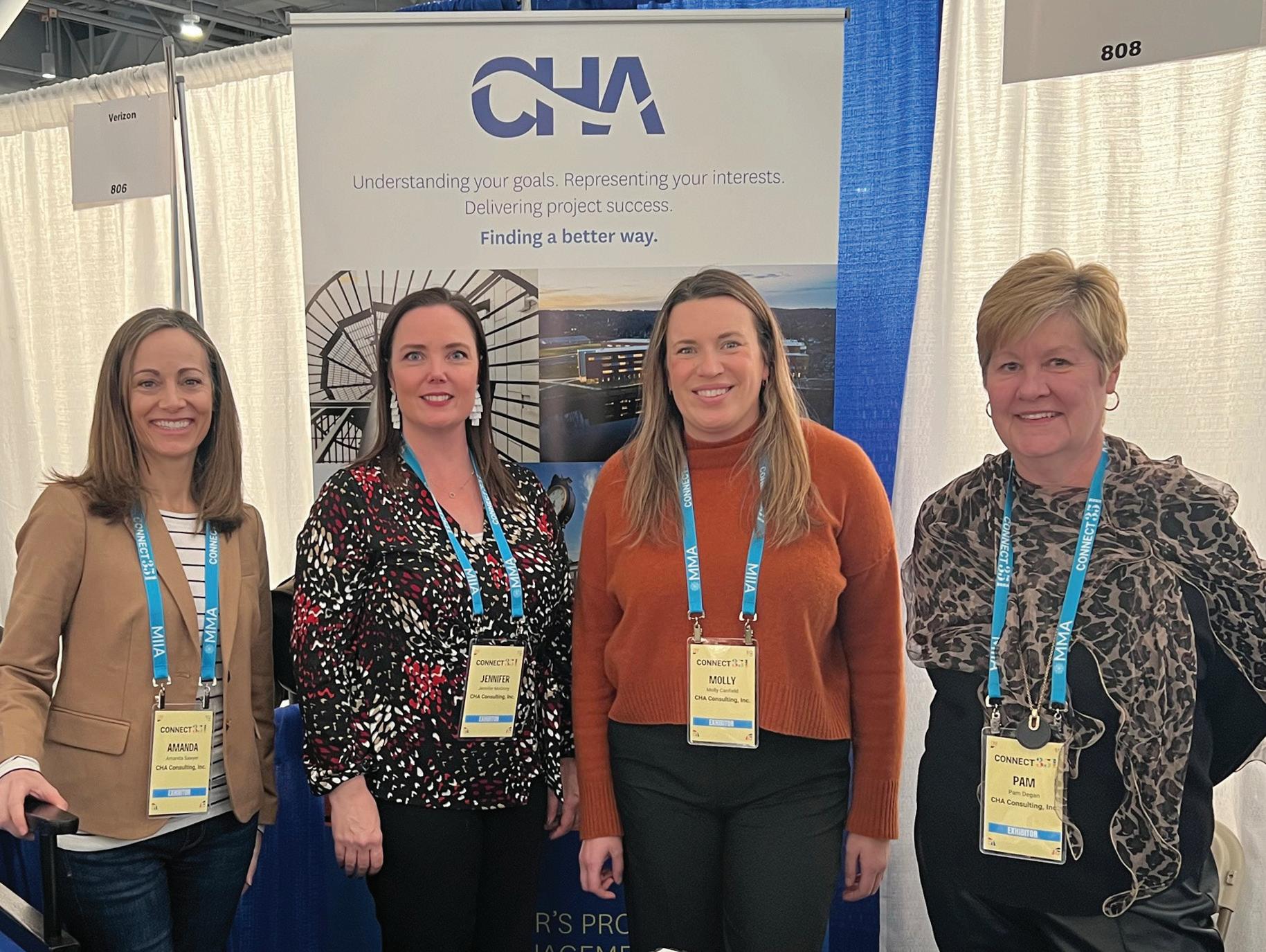
CHA recently enjoyed connecting with other companies, associations, government agencies, and many clients at the Massachusetts Municipal Association (MMA) Annual Conference in Boston. The trade show, with nearly 300 exhibitors, is always a great chance for our PMCM Team to connect with municipalities and talk about our ability to help solve problems.
CHA also enjoyed engaging with campus owners, utilities, energy development companies, and peers at the IDEA Campus Energy 2025 conference at the Westin Boston Seaport District. This industry event saw record-breaking turnout and dug deep into current activities in the district energy community. CHA exhibited and sponsored the event, and team members were privileged to serve as chair for the geothermal workshop, presenters and moderators for technical sessions, and participants in the Thermal Energy Network workshop.

CHA has opened a new office in Burlington, MA, to support its growing project portfolio and tap into the wealth of talent in the greater Boston area. The new office is located at 1 Burlington Woods Drive, northwest of Boston, on the I-95 “Inner Loop.”

We’re thrilled to welcome new talent to our team as we expand our service offerings and client portfolio. CHA has named Cynthia Joudrey, PE, Executive Vice President and Sector President for Commercial & Institutional. Cynthia brings three decades of proven operations, strategic planning, and business expansion experience with a strong technical engineering foundation. In her new role, Cynthia will spearhead the strategic direction and drive growth and performance goals across building design, land development, fire protection services, project management/construction management, and sports facility design.
Additions to the Boston team: Molly Canfield has joined CHA as a Strategic Pursuit Specialist, and Joe Lynch, CSL, and Jennifer McGrory, LEED AP, AIA, have joined as Project Managers. The cost estimating team has welcomed Ging Lum, PE, as a Senior Cost Estimator.




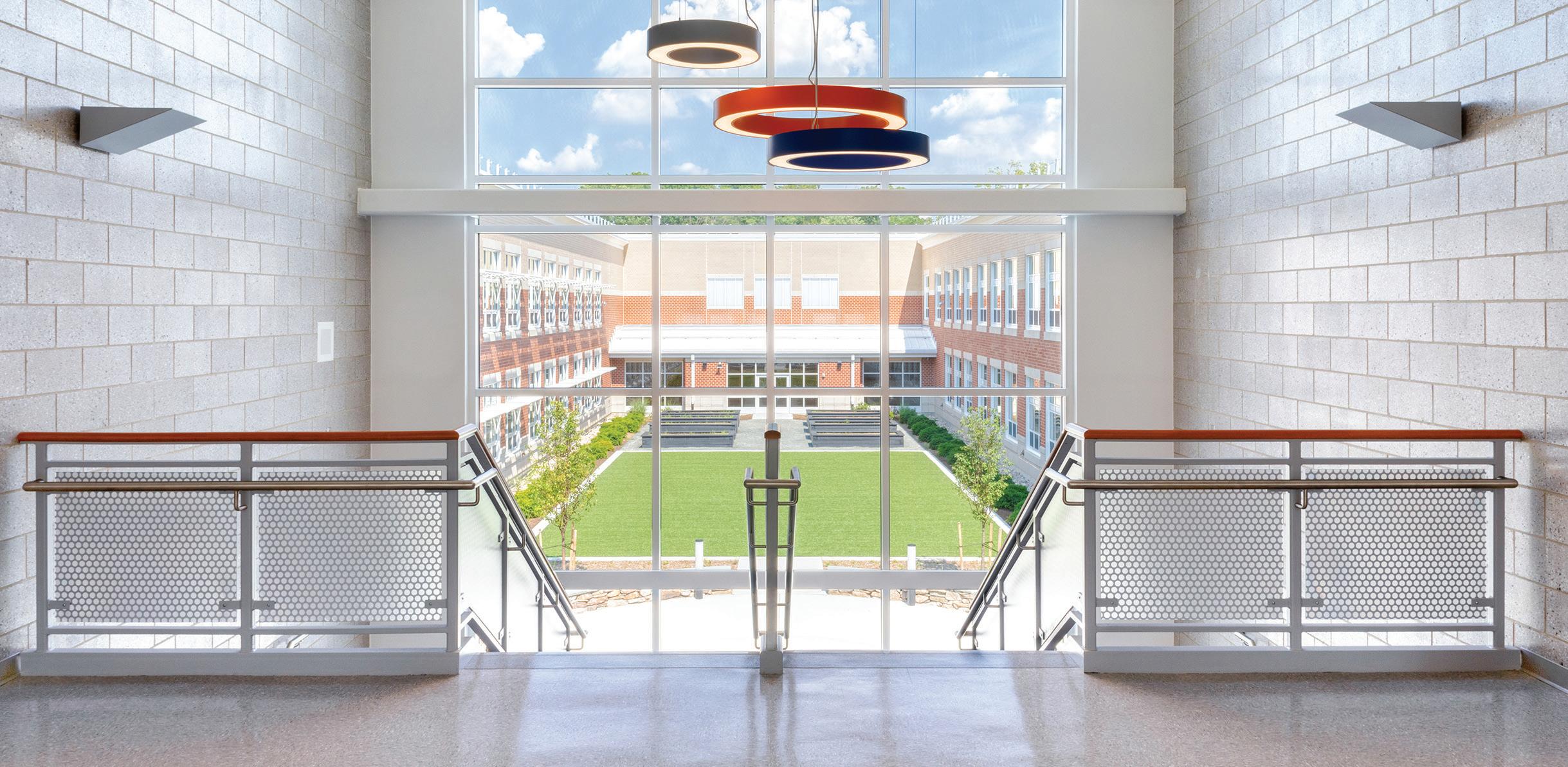
Building commissioning is a quality assurance process that verifies a building's systems and components are designed, installed, tested, and operating according to the owner's requirements. This vital process helps verify that everything works efficiently and effectively, from heating and cooling systems to lighting and life safety features, as well as the optimization of building spaces. Essentially, it's like a thorough check-up for a building to make sure everything performs as intended.
A best practice is to bring the commissioning team into a project early to provide leadership to the many contractors involved in a building project. The commissioning team can be hired by the owner, the general contractor, or even the architect or owner’s project manager and is tasked with working in the best interest of the owner, bringing great value to a project by being the bridge between the design intent and the reality of what is built.
CHA excels in providing on-call commissioning (Cx) agent services for building renovations, renewals and modernization projects, and retro-commissioning (RCx) for existing buildings.
Throughout each phase of a Cx or RCx project, CHA prioritizes the owner’s needs and project requirements. Adhering to industry-approved protocols, the team formulates robust commissioning plans and actively collaborates with the owner’s design team during schematic design and design development. Successful execution of commissioning services enhances the performance and efficiency of buildings. Due to the complexity of building systems today, it is typical for the commissioning agent to bring in subject matter experts to review and assess different systems.
According to Chris Boyle, PE, one of CHA’s leading commissioning engineers, the commissioning process for a school project is much more than just testing systems. Commissioning involves confirming that systems are operating appropriately and that there is proper ventilation and air quality, that all building systems are fully operational, that life safety and security systems will provide the intended protection for students and teachers, that spaces are configured appropriately for learning, and that all energy efficiency metrics are on target.
For more information on CHA’s commissioning services, you can reach Chris Boyle, PE, at cboyle@chasolutions.com
Featured Owner: Michael Watts, Tisbury School Building Committee Chair & Tisbury School Committee Member, Tisbury School, Vineyard Haven, MA
The Tisbury School has served students on Martha’s Vineyard for nearly a century, and with its recent addition and renovation, it is ready to inspire the Island’s youngest students for decades to come. We asked School Building Committee Chair Michael Watts to share his insights on the project, with a particular focus on the commissioning component.
The Tisbury School project had been in the development stage for a long time with extensive planning, consideration of numerous options and funding sources, and decision-making over the years. Several proposals went before the voters of the Town of Tisbury before they finally voted to move forward with an $82 million addition and renovation project to preserve the 1929 historic brick structure while elevating and adding to it to meet today’s educational needs.
With all the planning and decisions that went into the project, Michael Watts explained the importance of having a commissioning agent to ensure that the building worked as designed and met the town’s expectations. He emphasized the importance of having someone skilled and independent of the architect, builder, and owner’s project manager (OPM), providing an unbiased assessment of the building's performance.
If Michael were to give a single piece of advice from his experience with this project, he would recommend that other building committees and owners invest in commissioning. According to Michael, “The commissioning agent brings great value to a project. The taxpayers trusted us with a massive budget, and the commissioning process provided the added comfort and assurance that we got what they paid for.”
Michael shared two key lessons learned during the commissioning process for the Tisbury School: the importance of having the facilities staff closely connected with the commissioning agent, and the value of commissioning for future municipal projects on the Island.
Lesson #1: When the facilities staff is closely connected with the commissioning agent, collaboration and education ensure the facilities team understands the building's systems and can maintain them effectively. It is key to involve the facilities staff so that each member can benefit from a deeper understanding of the building's systems and know how best to keep them at peak performance.
Lesson #2: There is great value in planning and budgeting for commissioning for future municipal projects on the Island. During the commissioning process, subcontractors are on site and can address issues. This is especially important because most subcontractors working on Martha’s Vineyard are not located on the Island, so bringing them back to fix or adjust items on a punch list can be a challenge. Making sure the building works correctly during the warranty period and beyond provides long-term benefits for the project’s success.
It is natural to ask “what if” or look back in hindsight when a project presents challenges. Historic building renovations can be more challenging than new construction, but the town opted to preserve this structure for future generations, and it was up to the building committee to deliver the renovation. Challenges ranged from underestimating the magnitude of the demolition work involved to removing toxic building materials and managing the project during the COVID-19 pandemic, including delays in obtaining materials and scheduling contractors due to health and safety restrictions. The building committee and project team persevered through all of this.
Throughout the entire process, the community was engaged and involved. The project team spent time with the community and took the time to understand and address the community’s concerns. Together, they built a school that aligns with the community's needs and expectations. Michael believes a key element of their success involved strong and continuous communication with the community to calm any concerns and provide balanced and accurate information. He emphasized the need to address the reservations and highlight the benefits, even over-communicating with interested parties. “It was a lot of hard work, but the most rewarding moment was seeing the buses roll in and excited kids walk into that new building.”
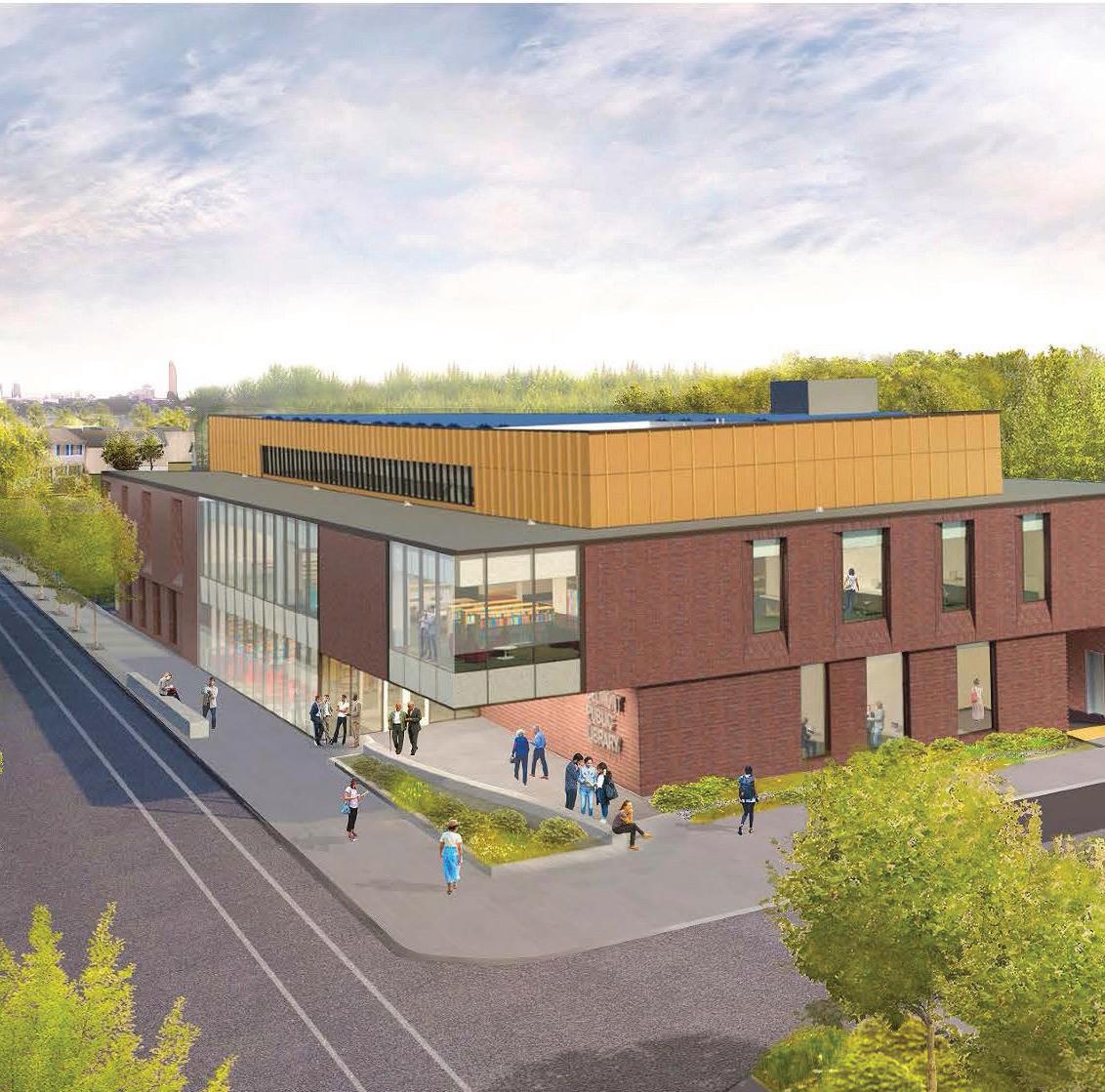
CHA is providing OPM services for the design and construction of a new town library building. The new library will be a new two-story, 41,000-square-foot building highlighted by sustainable design features, including energy-efficient building systems, natural daylighting throughout the building, south-facing solar panels, a high-performance building envelope, and connections to an active surrounding landscape, including native plant species.
The project requires demolition of the existing library, with CHA providing move management services to the town during the temporary relocation to alternate sites. Completion of the new library is expected in 2025.

CHA is providing OPM services for the design and construction of a new 40,300 square-foot, steel-framed building to house the new rink complex with a conventional 200-foot by 85-foot ice sheet. The facility will include four team locker rooms, four general dressing rooms, public restrooms, bleacher seating for approximately 200, and a concession stand.
The Construction Manager at Risk (CMAR) construction project will produce a facility with sufficient space to support ice-making equipment along with mechanical and electrical rooms. Sustainable design features include a photo-voltaic solar array on the building’s roof. Completion is expected in late 2025.
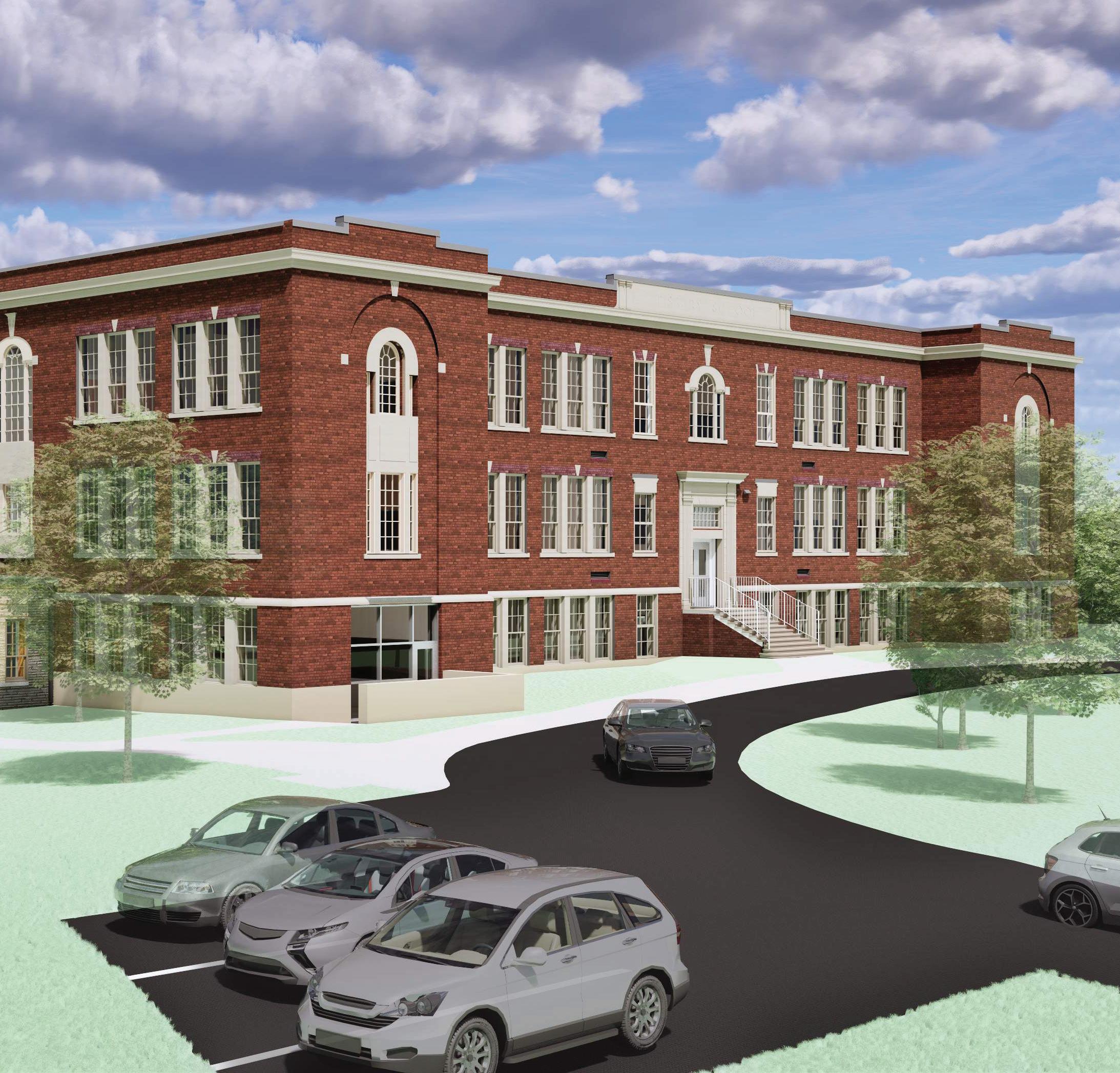



CHA served as the OPM for a $81.8 million CMAR project for the renovation and expansion of the existing Tisbury School, which serves students from kindergarten through eighth grade. The Tisbury School is the oldest elementary school building on the Island of Martha’s Vineyard.
In response to community input, the project has preserved, renovated, and added to the landmark 1929 brick building in the town center in an effort to create educational spaces to meet the needs of today’s students and staff as well as community needs. The construction project modernized the existing brick structure and expanded the building by 20,000 square feet. The Tisbury School is now 76,000 square feet with improved circulation and accessibility to meet American with Disabilities Act (ADA) requirements, better building access, and improved pedestrian movement. The building also features a new gymnasium and a preschool on campus.
The school building is designed for net zero energy usage, meeting Tisbury’s Green Community goals as well as the Island’s sustainability and clean energy goals. The building is all electric, with no fossil fuels being used in day-to-day operations.
CHA also served as the commissioning agent for this project, providing a separate and distinct team of commissioning experts to test all the building systems, confirm that spaces are optimized, and provide quality assurance that building and design elements are all operating as they should and meeting energy efficiency goals.
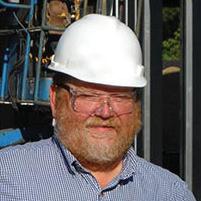
With today’s fast-paced and complex building construction projects, onsite representatives play a crucial role in successful completion. Experienced Senior Onsite Representative John Lebica offers a glimpse into his role, daily activities, and why he loves his job.
What skills does an onsite representative need?
This role is an opportunity to use a lot of different skills. Top of the list is strong communication, but you also need experience with construction and construction oversight, as well as knowledge of safety. While I’m not the safety officer, I need to be aware of any safety issues that arise. The traditional clerk of a project was a “bean counter,” but I’m keeping track of progress, identifying issues, and keeping everyone informed.
What does a typical day look like on a construction site?
No two days are the same; you must be prepared for the unexpected. Every day includes touring the site, keeping track of what’s going on, monitoring quality, looking at the schedule, getting to know the subcontractors, monitoring the foreman and construction crew, addressing quality concerns, and speaking up about potential issues. I stay in constant communication with the entire project team, and I’m available to work with building department officials and inspectors as needed.
What do you enjoy most about this role?
Every town has a personality, and I try to determine how I can match it to make things as easy as possible for everyone involved. I emphasize communication with those on the job site, town representatives, the people in support roles, and stakeholders who will be using the facility. If I’m working on a fire station or public safety facility, that means working with the firefighters and police to ensure the facility meets their needs.
Do you play a role in commissioning a project?
My role in the commissioning component of a project is to set the tone with the subcontractors. I let everyone know commissioning is not an afterthought; it’s the final exam of the project. The subcontractors must be onsite when the commissioning agent is there to complete the job.
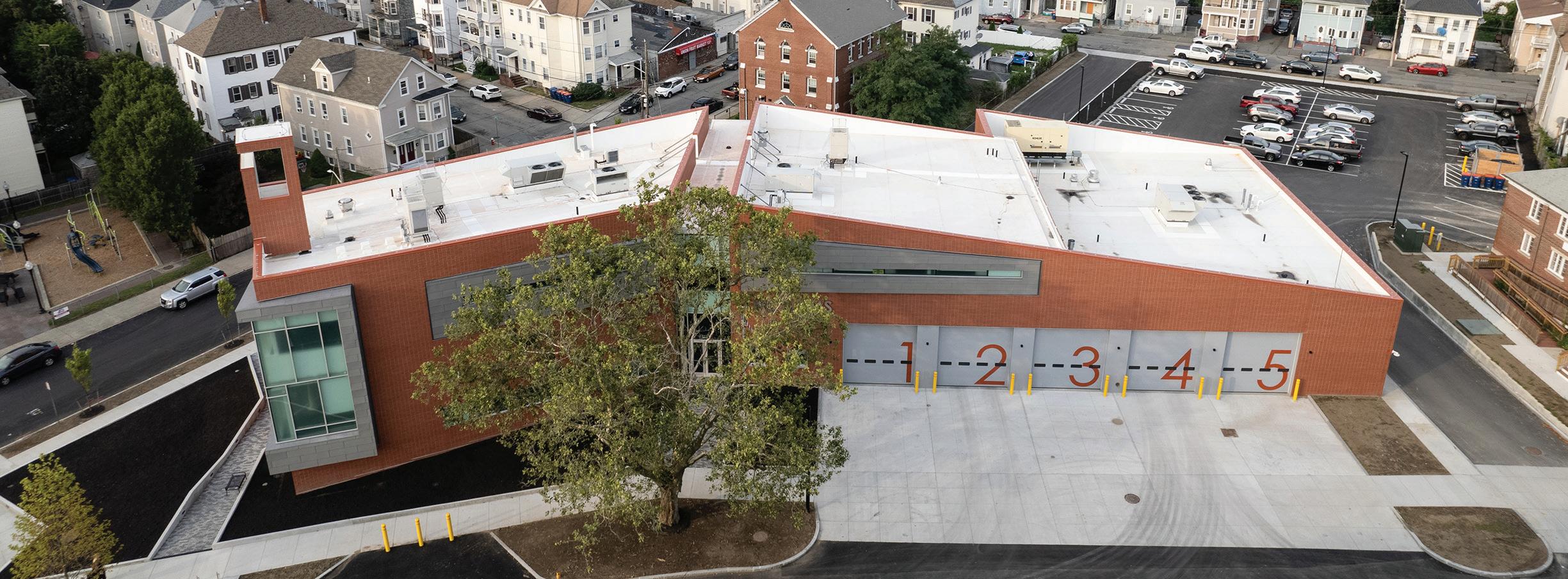
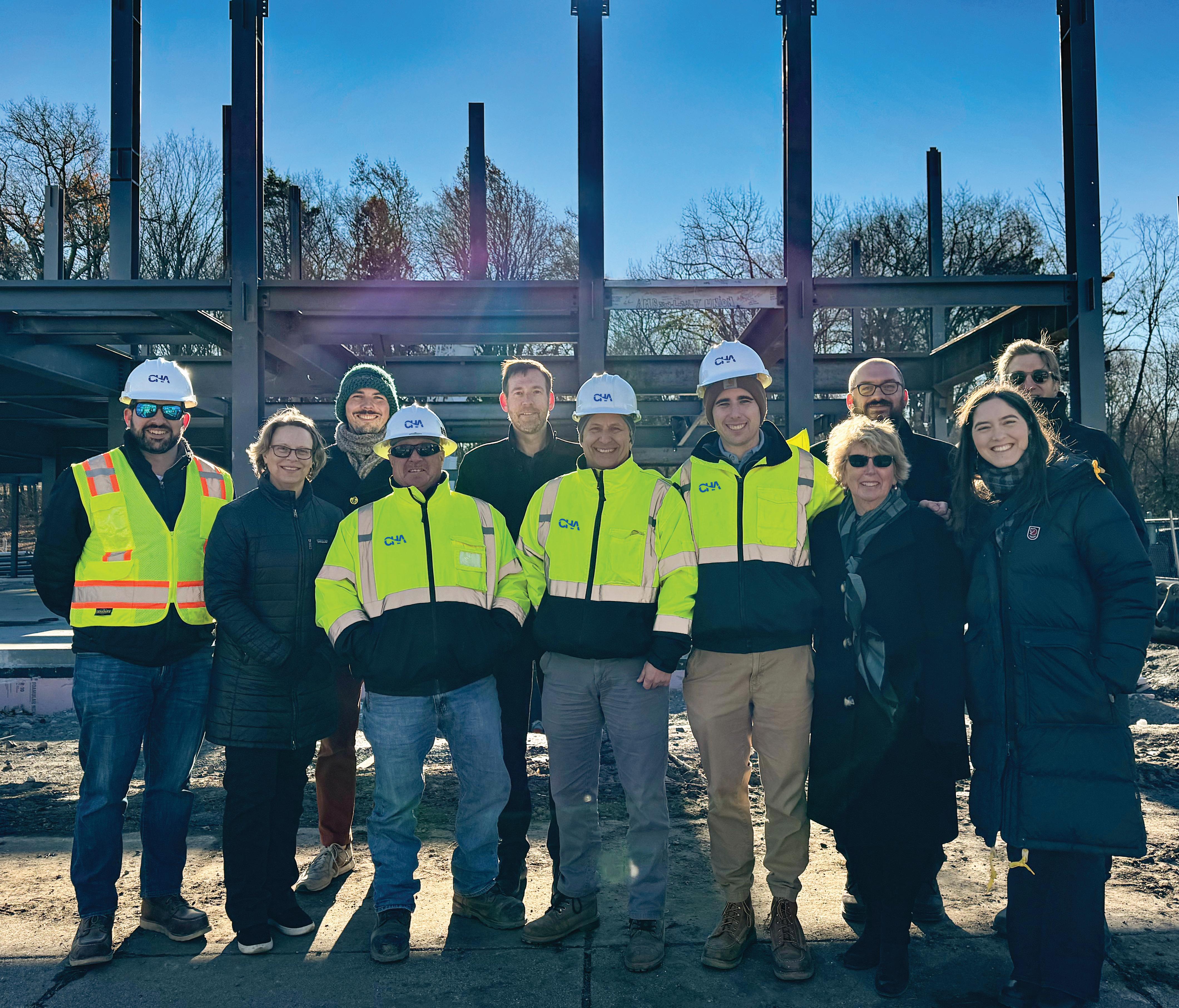

Commissioning confirms that building systems are designed, installed, and operated efficiently, leading to significant energy savings and reduced operational costs. The long-term savings from improved efficiency and reduced maintenance can far outweigh the cost of commissioning. This process often identifies and corrects performance issues early, minimizing costly repairs, extending the lifespan of expensive equipment, and eliminating costly change orders during construction.
On Friday, December 6, 2024, the Town of Belmont, Massachusetts, hosted a Topping Off Ceremony for its new library. The town was excited to welcome the project team and community to celebrate this milestone in the construction of the new library, which is expected to be completed in 2026. Residents and town leaders celebrated as a signed steel beam with traditional greenery was lifted into place on the structure. CHA is providing OPM services for the design and construction of the library building.
In July 2024, the Abbott Public Library celebrated its grand opening and welcomed the public to explore its newly renovated space. CHA provided OPM services for significant renovations and improvements to the existing library building, including the building’s mechanical systems, elevator, and ADA accessibility. The Abbott Library is Marblehead’s only library, and the upgrades were vital to meeting the community’s expanding needs.
Commissioning also provides compliance with regulatory standards and supports sustainability goals, and it is often a requirement for achieving green building certifications. Overall, commissioning offers long-term value by improving building performance, reliability, and efficiency, making it well worth the investment for municipalities.
For more information on commissioning services, contact Mitch DeWein at mdewein@chasolutions.com
